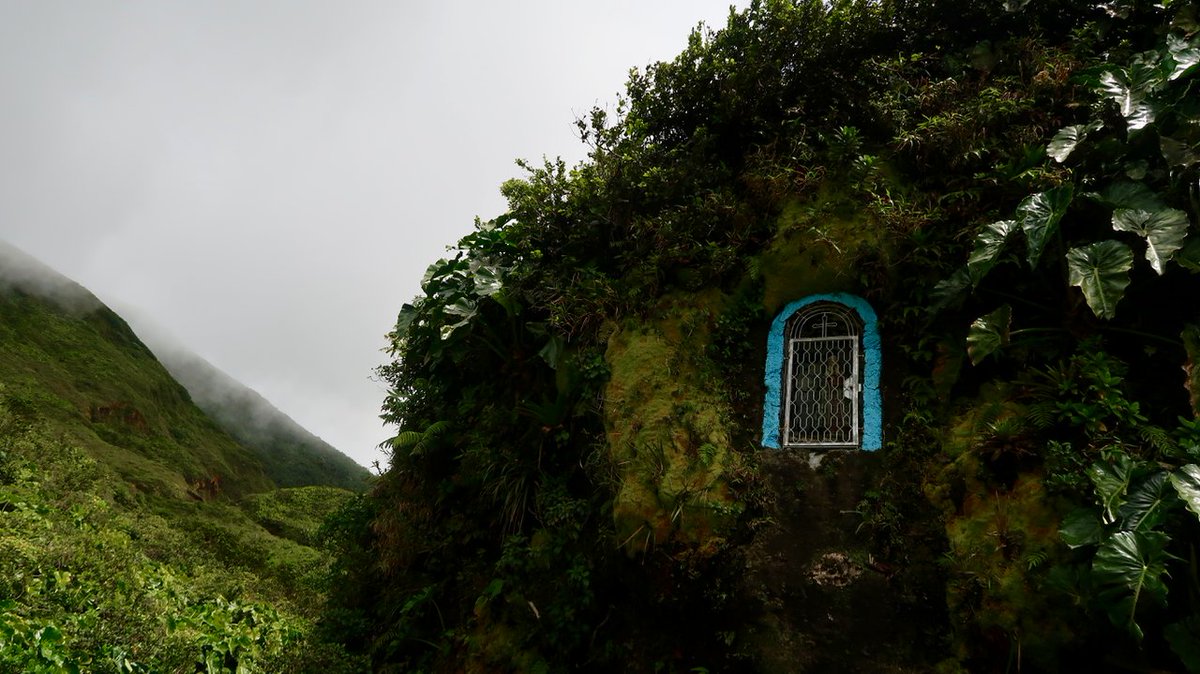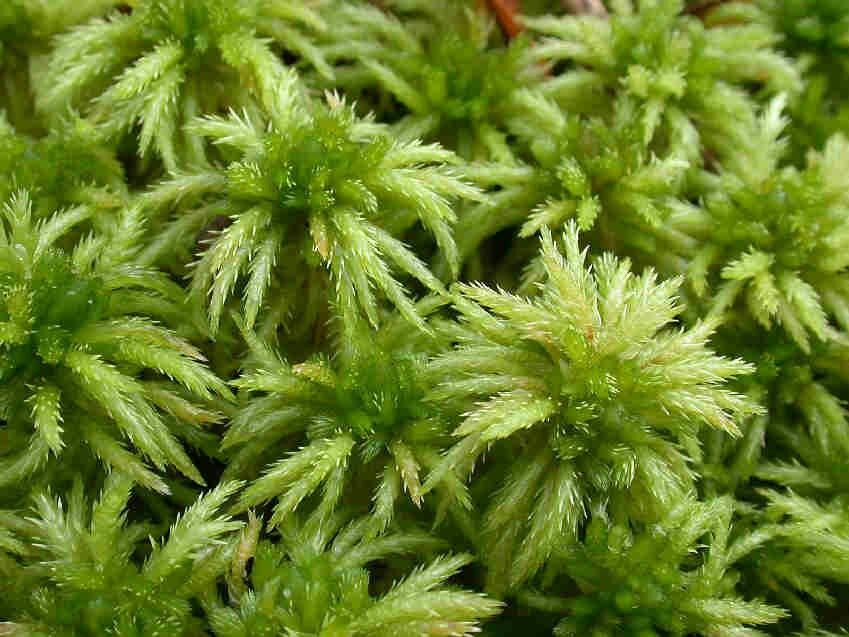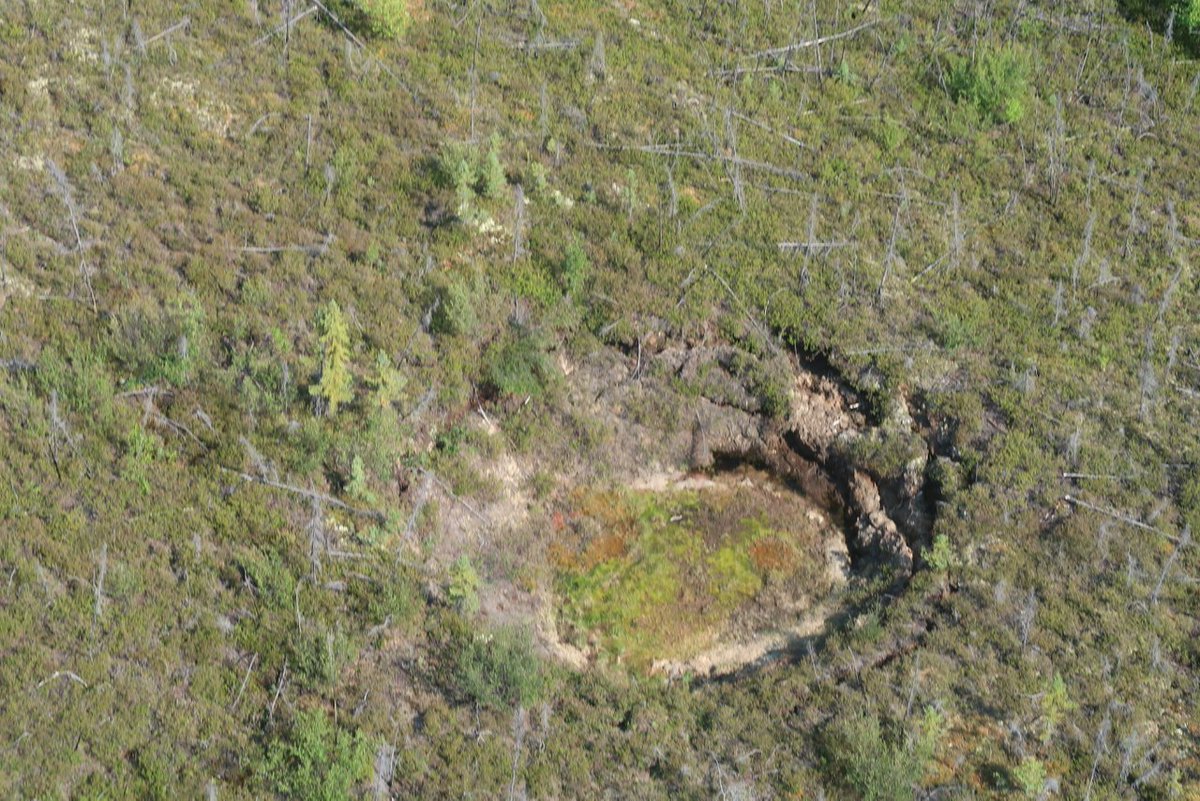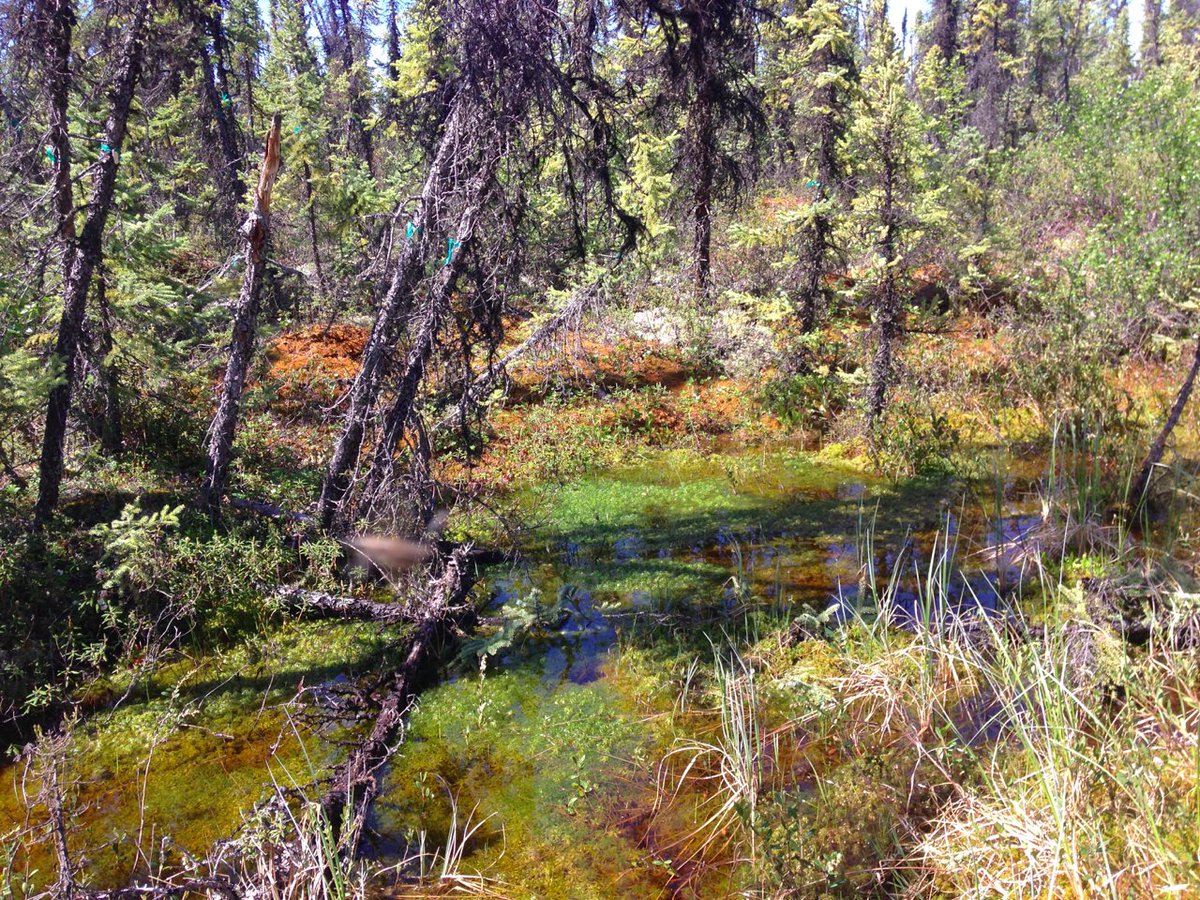
A wee history lesson on wetlands as wastelands. This philosophy dominated colonialism in the 🇺🇸 as wetlands were seen as a barrier to “building the country”. Early settlers lacked resources to drain wetlands, but this changed w/ the Swamp Land Act passed by Congress in 1849. 1/
States gained the right to sell wetlands, w/ profit intended to fund “dehydration” of the land. This Act decimated wetlands throughout #Louisiana & #Florida but also #Minnesota & #Oregon. It also set the stage for toll-use of canals, privatizing travel in the U.S. 2/
The govt used wetland drainage to attract settlers to push through the “last frontier.” Cultivating drained wetlands was seen as the best option to curb overcrowding in cities and to reduce land disputes. Because of the scale & what was at stake, the US military got involved. 3/
Soon after, regions w/ drained wetland such as Florida experienced massive floods, fires, soil infertility, & salinization. This initiated a flurry of scientific research to combat these issues. Science used as a colonial patch-job rather than addressing the real problem. 4/
The Swamp Land Act led to destruction of coastal & inland wetlands, triggering loss of biodiversity, harm to water flow/quality. But this also was a climate disaster. Now we know that drainage of peat soils is a major source of GHG emissions to the atmosphere. #ClimateAction 5/5
• • •
Missing some Tweet in this thread? You can try to
force a refresh












